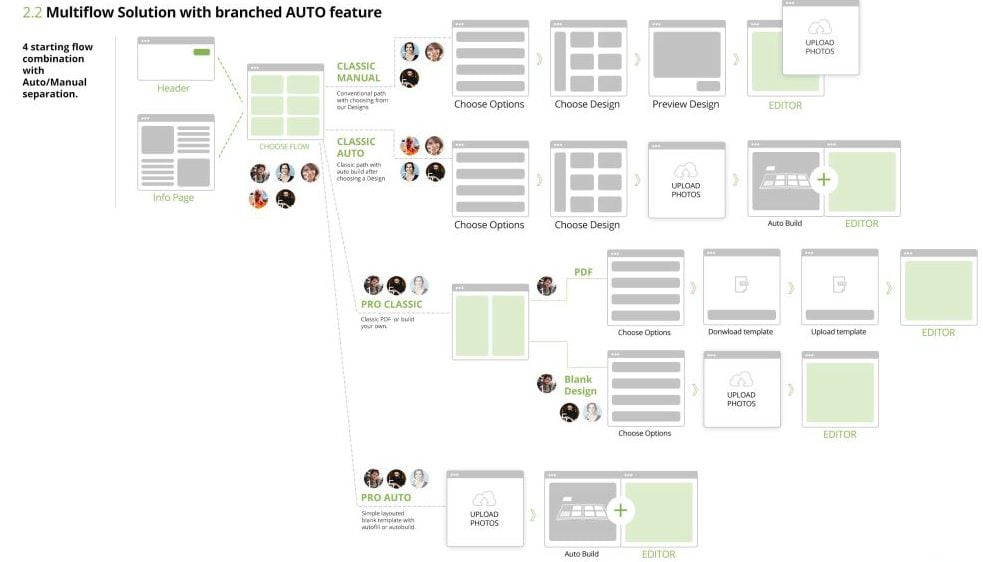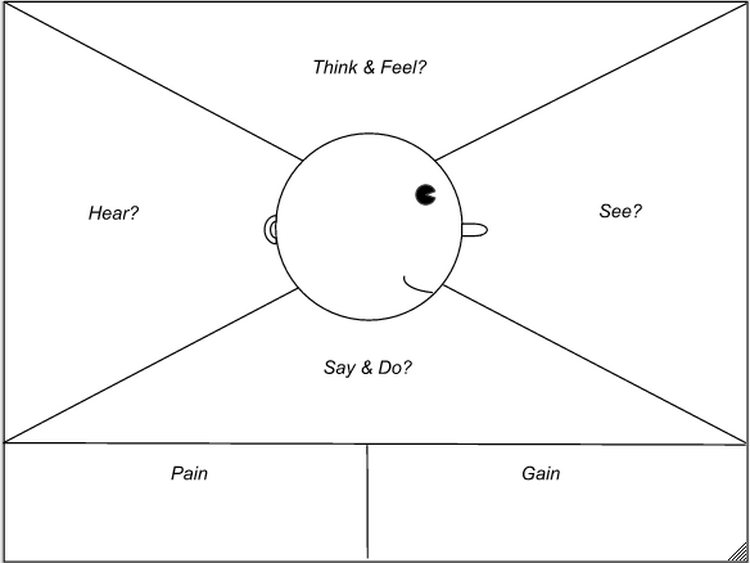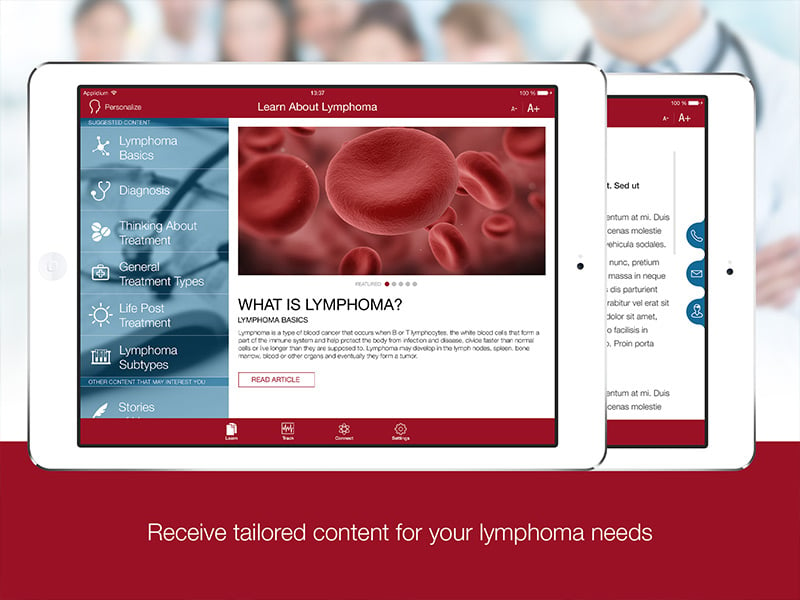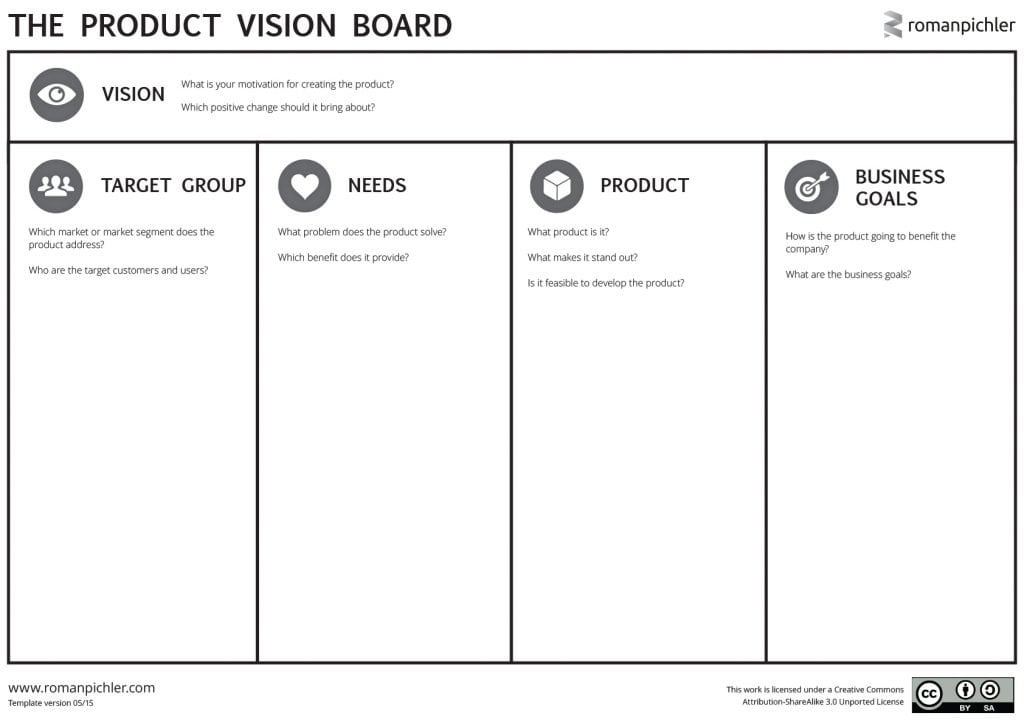In this post, we talk about the role of business analysts in software development and the key business analysis tools and techniques in the agile environment that can help you speed up an IT project start.
Importance of business analysis for software development success
Bridging business and technology is the key goal of business analysis in software engineering. Business analysts may have kajillion responsibilities on a software project, but the overall objective is always more or less the same — to translate business needs into an effective technical solution. This makes business analysis one of the pillars of software development success. Integrating BA into the software development cycle helps to:
Analyze and communicate business goals
Business analysts use various BA methodologies and techniques that we will talk about later in this post to analyze and articulate business goals and transform them into project requirements. In other words, they take an abstract problem, idea or business goal and translate it into a language that engineers, designers and major stakeholders can understand and work with. This is the first step to moving from problem to solution.
Optimize project budget and timeline
A huge part of business analysis is focused on figuring out how to implement a technical solution and reach set business goals in the most cost and time-effective way. It reflects in scoping, planning, feature prioritization, and project management. On the contrary, projects that lack business analysis risk wasting budget and time.
Keep strong market standing
Several IT business analysis techniques are aimed specifically at helping businesses leverage technologies to effectively compete in the changing market. Together with a product owner or product manager, BAs study the market, competition, trends and myriad other factors to create a viable and competitive software product.
Build a value-driven user-centered product
Business analysts along with UX designers and project managers perform in-depth user research that is essential for creating a user-centered value-driven product or solution.
The role of BA in software development
As you can see, BA role in software development is hard to overestimate. IT business analyst performs a wide range of functions.
- analyzes business needs, processes, capabilities and opportunities,
- researches competition, customers and changing market environment,
- studies business goals and stakeholders’ expectations,
- collects and documents the scope and requirements for the future system,
- offers feature prioritization to roll out the system as fast as possible,
- manages communication between stakeholders and design and engineering teams during project implementation,
- translates project changes, requirements and technical details to the parties throughout the whole agile development process,
- figures out how to present a project idea effectively.
This is a non-exclusive list. As a rule, a person performing a business analyst role has a lot on the plate, including a long list of documents to prepare before the project kicks off. Usually, it takes weeks if not months to complete the business analysis for software development.
In agile development, however, a software business analyst has to work under time constraints and needs to figure out how to roll out the project as soon as possible. Iterative project development implies that the teams and stakeholders get the results fast, test the first versions of a software product and quickly adapt to changing requirements. In these conditions, BAs choose the most suitable business analysis methodology and use various software business analysis toolkits that help them deliver insights faster.
In most cases, BA process requires the use of 3 common business analysis techniques.
Key business analysis techniques
Stakeholder interview
We usually start the BA process with a stakeholder interview. It helps us get to know the client and understand their business. This technique implies one or more Q&A sessions with key decision-makers and domain experts.
At this stage, we can study the client’s major business goals, motivation and scope of the project, learn what stakeholders know about their users, competitors, and market environment.
Additionally, interviews provide us with more detailed information about major project aspects: deadlines, milestones, collaboration tools, workflow preferences. Moreover, stakeholders can shed light on the possible project constraints — technical, financial, and organizational.
As a result, conducting one or more interviews enables a better understanding of the client’s goals, future system users, infrastructure and market environment, as well as technical capabilities.
Competitor analysis
Competitor audit is a good business analysis technique that helps us get more knowledge about the client’s domain and make a profound digital product analysis of existing solutions in the market.
At this stage, we create a list of existing and potential competitors, both direct and indirect. For this purpose, we use the data from stakeholder interviews, online search and keyword analysis, “zoom-out” to related markets for similar solutions. Then, we define assessment criteria and perform the analysis of the competitors’ systems — consider main and domain-specific features, systems’ strengths and weaknesses, content, brand-related and technical aspects, and user journeys.
The goal of a competitive analysis is not to copy any of the competitors’ concepts. On the contrary, after evaluating a wide range of existing solutions, we focus on the client’s unique value proposition and help enhance the system’s strong points. Moreover, this business analysis technique helps us avoid the UX mistakes that competitors have already made.
Domain knowledge gathering
Interviewing domain experts and studying a particular industry or area of business are important parts of software business analysis. At this stage, we perform an in-depth domain analysis using search, related articles and other domain-specific materials, consult with the stakeholders to get a better view of the client’s environment.
In particular, an IT business analyst studies functional domain specifics, for example, how things work in a certain field — finances, eCommerce, hospitality, etc. At the same time, senior tech specialists gather data on technical domain specifics — what technologies, frameworks, platforms, data solutions and other digital tools are typically used in a certain industry.
As a result, this information allows us to articulate requirements and choose relevant tools and services for future system development.
These are the basic techniques for business analysis in IT. However, there are many more business analysis processes and techniques in software development that can help you reach different goals and kick off the project as fast as possible. The choice usually depends on business analysis requirements and project objectives.
Business analysis techniques for various goals
For improving existing digital systems
Systems may work not in the way they are expected to. If the goal of the project is to improve the user experience of a given website or app or enhance other user metrics, such as conversion, data analytics is one of the best software analysis techniques to use.
Data analytics
Modern web and mobile systems are often integrated with Google Analytics or similar tools able to collect and store valuable user interaction data. Analyzing this data in combination with key business performance analysis is an excellent way to identify the faults in user experience and design, find unused or misused features, and discover the dead ends in user journeys.
To get these insights, we implement software product analysis using different data analysis tools, databases, focus groups, and user interviews. We analyze available data, study events, find patterns in user behavior, and use these insights to find ways we can improve user experience and increase usability. In other words, we back up the decision-making process with real insights by interpreting real user interaction data and then document requirements for a system enhancement project.
Example: We rely on the data from Google Analytics and databases to monitor the usage of different features and determine redesign strategy for custom high-load system development for Printique*. This data was extremely informative when we started to fully redesign the wizards on the website.
In particular, the data helped us identify rarely used features in the system and prioritize the redesign. We figured out which of the rarely used features were essential and planned their redesign to make sure we provide better visibility and usability for these features. When it comes to the least important features, we decided not to include them in the first-tier scope of work.
Would you like to redesign your website, add features to your application or start a new web development project from zero? Drop us a line to kick off with an expert IT business analysis right now.
For process automation
Many companies use digital technologies to automate business processes, from single operations such as taking orders or customer support to full-scale business automation. Certain BA techniques help visualize processes and therefore demonstrate how a new digital system could drive automation to a company.
Flow diagram
Flow diagrams are widely used to show multi-scenario processes with simplified schemes and graphic elements. A complex diagram can illustrate different user journeys, features and data flow on one page.
On one hand, this visualization helps business analysts define major features, determine priorities and identify possible issues and dead ends in user journeys. On the other hand, flow diagrams are one of the easiest ways to translate complex system processes into an easy-to-understand scheme and communicate the system to stakeholders — decision-makers and development teams.

Example: Research Track is a great example of a solution developed with the help of flow diagrams. This complex system has many user scenarios. In a nutshell, it collects data on field-specific topics from various sources and provides editors with these data batches. Editors then assess and index this data and create annotations for scholars and students.
To build the Research Track system, we had to recreate detailed flows of data extraction, processing and representation for end users. Flow diagrams were the best choice of a software BA tool for this purpose.
Remove guesswork from your process
Start your software project with clear requirements and an actionable plan tailored to your business goals.
Hire tech expertsFor personalizing systems to a certain target audience
Personalization is one of the best ways to ensure customer engagement and retention. Therefore, more and more companies today tailor their online products and services to the needs of different target audiences, personalize interfaces to various users, and even build stand-out digital products for certain demographics. For this purpose, an IT business analyst performs an empathy map analysis.
Empathy Map
This business analysis technique requires in-depth study of a certain target group. IT analysts take into consideration a wide range of factors — behavioral patterns, user needs, beliefs, motivations, issues — to work out the requirements for a future digital system.
Business analysts together with stakeholders map important user information across various sections:
- think and feel (describe customer’s fears, hopes, motivations, dreams, important things)
- see (describe customer’s aesthetic preferences, environment, vision)
- hear (describe customer’s feedback, opinion, opinions of the others that matter, other influencing factors)
- say and do (describe customer’s terminology, typical actions, behavior, give quotes)
- pains (obstacles, frustrations, challenges)
- gains (goals, needs, focus, success experience)

Image credit: Solutions IQ
Empathy maps help us create the image of a certain persona. As a result, this business analysis technique provides a better understanding of a certain target audience and allows us to customize system design and functionality to a specific customer segment.
Example: Focus on Lymphoma application shows how system usability and user satisfaction depend on prior analysis. Before building this app for cancer patients, we filled in an empathy map and found out that the majority of future users were non-tech savvy and required highly intuitive elements, enlarged typography and very transparent hints. In this case, we went for a usability-first approach. As a result, the app won multiple design awards and was featured by Apple as one of the Best New Medical Apps on the Store.

Read: How to build an app for learning disabilities patients
For building a new digital product or service
New product development requires time and effort invested in business software analysis. Therefore, an IT analyst usually uses many different software business analysis techniques to collect the requirements and build a strategy for new system development.
However, a product vision board is a particularly important technique in this case. This technique is created specifically to communicate product vision to project stakeholders.
Product Vision Board
This business analysis technique is focused on creating a high-level description of the future product or service with the major goals in mind.
To build a product vision board, we combine the conceptual view of different product aspects:
- vision (a major goal that describes why the product or service should be built in the first place)
- target group (high-level description of the related market and users or/and customers)
- needs (value proposition for the new product or service)
- product (several important features of the product that address the needs)
- business goals (business benefits from the new product or service)

Image credit: Roman Pichler
Once filled in, a product vision board is a great tool to analyze different aspects of the future product, find challenges, perform a risk analysis, and determine priorities for product strategy and development. It is simple to communicate ideas and basic product concepts and can be modified on the go until all the risky assumptions are eliminated and a product vision is clear enough for further research.
Moreover, a product vision board can be extended to add other important aspects of business analysis in software development — competition, revenue streams, monetization and cost factors, channels, etc.

Image credit: Roman Pichler
Agile business analysis is an essential part of a software development cycle. Even though most of these techniques are used at the start of the project, they can be useful at different stages of software development from design to product optimization and scale-up.
Business analysis for different stages of software development
Ideation and research
Stakeholder interviews, domain knowledge transfer, and competitor analysis are some of the key techniques used at the very beginning of a software project. They allow a business analyst to gather and document requirements and create the foundation for the next stages. Vision boards and empathy maps are also useful at this step as they help better understand the audience and communicate the essential aspects of the future system.
Design
Empathy maps, flow diagrams, personas, user stories, and interviews are widely used in the design process to analyze different target audiences and create a user-centered product. Data analytics and focus groups help validate and analyze the existing design and are invaluable during redesign projects.
Development
BAs can apply different techniques during various iterations to manage changing project requirements and priorities and adjust the scope. For example, retrospectives are widely used on Agile projects to gather insights after each sprint and review the results frequently to better align plans and processes.
Post-launch and optimization
One of the most valuable techniques during the post-launch and optimization phase is performance and data analytics. Tapping into real-world usage data helps BAs identify mistakes, gaps as well as opportunities after the product hits the market and gets into the hands of real users. Competitor analysis and market research are also useful to keep tabs on the changing market and maintain a competitive edge.
Hire experts for software business analysis
Leverage major business analysis techniques and tools to hit your business goals without stretching your budget and deadlines. We have been using BA methodologies for over 14 years to help our clients solve their business challenges and deliver successful digital products. If you are working on a new product or looking for opportunities to improve or scale your system, contact our team. We have skilled BA and UX experts, designers and engineers with a broad tech stack and domain competence.
- In-house business analysts, project managers, and Scrum masters with over a decade of IT experience.
- Cross-functional teams for end-to-end software product development.
- Senior tech specialists for fast and flexible team extension.
- Strong focus on business and proactive problem solving approach.
- Solid experience in various domains, including logistics, retail, agriculture, healthcare, education, energy and publishing.
- Proven track record of successful deliveries for such clients as Oracle, Diaceutics, Printique, Lodgify, Oxford University Press, Tui, Takeda, and more.
- Guaranteed quality of service and deliveries (ISO 9001, ISO 27001).
Start your project with an expert team
Rid yourself of uncertainties related to costs, time and planning of your project.
Hire expert teamSummary
As you can see, the toolkit for business analysis in software industry is impressive. There are many business analysis techniques, deliverables and instruments. Undoubtedly, some of them work better for certain project objectives than others. Experienced IT business analysts select the optimal techniques and tools and thus drive efficiency and speed to a software development project.
*Formerly AdoramaPix
This post was originally published on September 21, 2018 and updated on July 28, 2021 and December 28, 2022.







